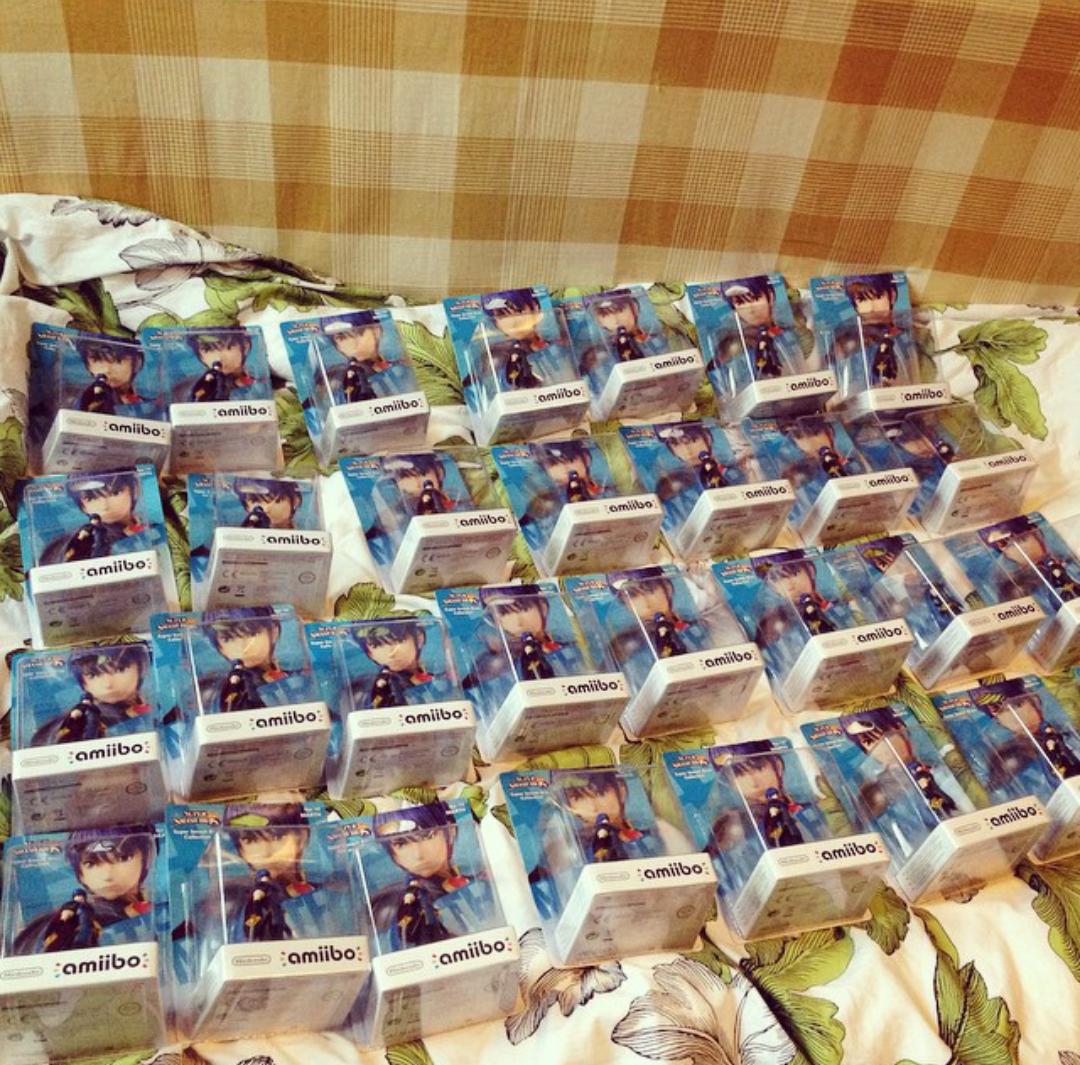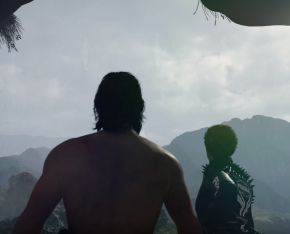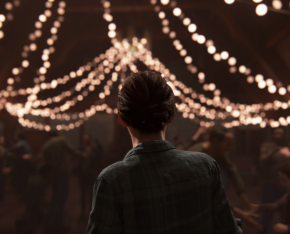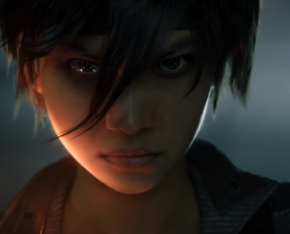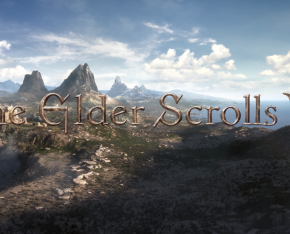By Bryan Smith on April 4, 2015 at 10:00am
April 2 unfolded as one of the most disastrous and embarrassing days known to man for Nintendo’s amiibos. What began as an idea to give some of Nintendo’s more obscure characters a chance at becoming merchandise turned into a nightmare for fans, children, and collectors. It wasn't just purchasing a figure for $12.99 anymore.
I’m going to chronicle the events that lead to this terrible amiibo crisis. We’ll be starting from “Super Smash Bros.” for Wii U’s release to April 2's utter failure of a release day. (The day started off so good following the April 1 Nintendo Direct, too..)
Scalpers
Before getting into this timeline, let’s discuss what scalpers are: people who either buy a highly in-demand product in bulk (or just one with extremely low stock) and resell the product at double, triple, quadruple, or even more than the original price. These people created some of the most havoc during the amiibo crisis. While you won’t find a regular Mario, Peach, Pikachu, or Link on eBay or Amazon for outrageous prices, the extremely rare and obscure characters were gobbled up and resold on eBay or Amazon for an outrageous price. The rare ones include but are not limited to Marth, Villager, Wii Fit Trainer, Captain Falcon, Rosalina & Luma, Shulk, and more.
The First Wave of Amiibos
Nintendo first announced the amiibos a little before “Super Smash Bros.” for 3DS released with 12 characters: Mario, Link, Donkey Kong, Samus, Pikachu, Kirby, Fox, Yoshi, Peach, Marth, Wii Fit Trainer, and Villager. When the amiibos actually released alongside “Super Smash Bros.” for Wii U, nine of those amiibos were easily obtainable. Marth, Wii Fit Trainer, and Villager were difficult to obtain. With the exception of the very rare findings that weren’t pre-ordered and the ones available overseas (e.g., Amazon in Europe), those three were gone almost immediately.
This was the beginning of when scalpers decided to strike. Pre-ordering amiibos wasn't hard at all. However, this was also the point where many people assumed that after obtaining their favorites in the first batch, others would follow just as easily. Unfortunately for most, that wasn’t the case at all.
The popular nine were well-stocked for a while (with supplies of Fox dwindling). Nintendo’s mentality was to ensure the popular ones would always be available on shelves at different retailers. With the likes of Marth and the others, however, it was feared that the popular ones wouldn’t get enough shelf life, so the less popular ones were made in less stock to compensate. That mentality has doomed Nintendo with the amiibo crisis.
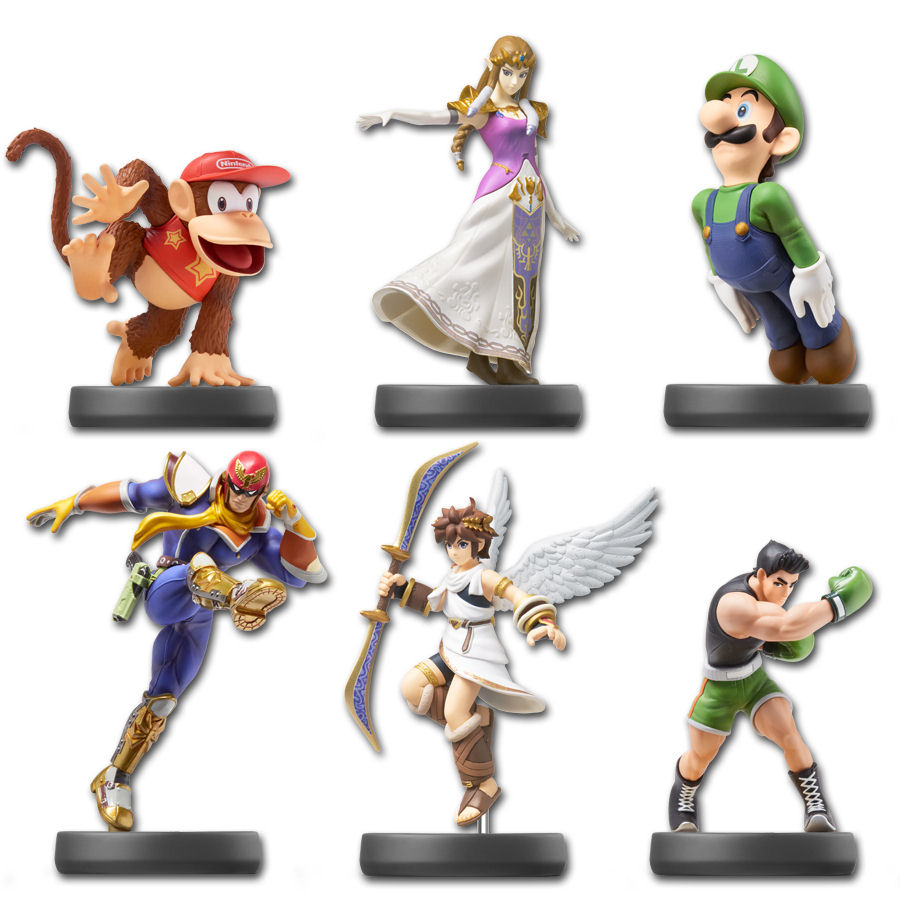
The Second Wave
Leading up to the release of “Super Smash Bros.” for Wii U, the second wave was announced for December: Luigi, Zelda, Diddy Kong, Captain Falcon, Pit, and Little Mac. Now the troubles start trickling in. Around this time, the West Coast port strike unraveled, which prevented orders coming into ports in the United States across many retailers and industries. Due to the strike, this was the first wave that had to be split into two additional waves. Zelda, Diddy, Luigi, and Little Mac spilled in first in mid-December and Pit and Falcon a week later.
Zelda and Luigi were predictably the most common with Diddy trickling behind. The other three were the rare ones. While Pit was almost impossible to find outside of pre-orders, there were several Falcons and Little Macs scattered throughout different stores. The stores I visited, FYE and GameStop, had several of them just sitting there ready to be purchased. From what I have gathered, the second wave may not have been well-stocked, but it wasn’t a complete disaster. The third wave is when the crisis takes a nosedive.
The Third Wave
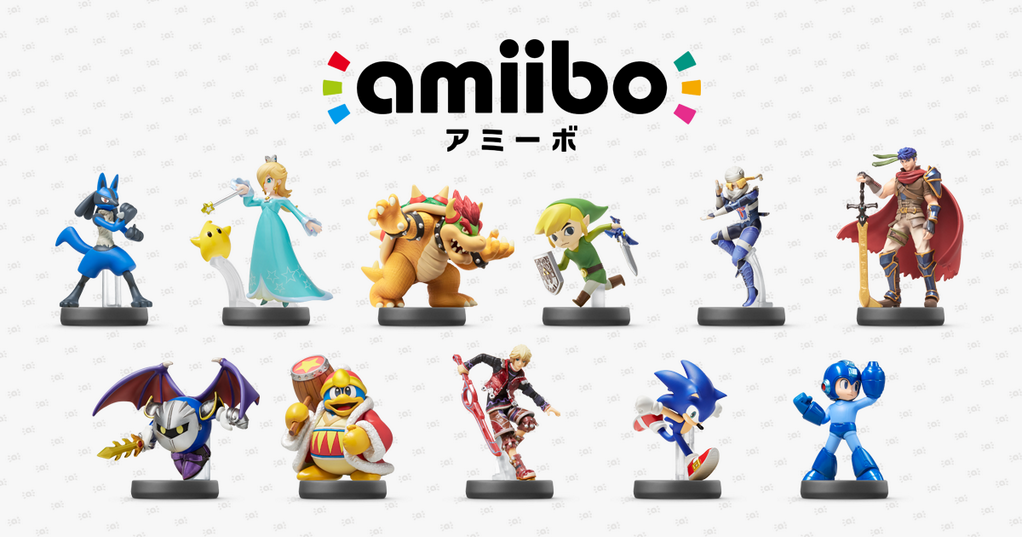
The third wave of amiibos included Bowser, Toon Link, Sheik, Sonic, Mega Man, Ike, Shulk, Rosalina & Luma, King Dedede, Meta Knight, and Lucario. This unfortunate wave also brought the one thing most amiibo collectors and fans dreaded: retailer exclusives. That means you can only buy a specific amiibo at a specific retailer. This is the start of when everyone kept their eyes glued on pre-orders. Granted, the regular amiibos were relatively easy to pre-order ... the others not so much.
Shulk was exclusive to GameStop (“Xenoblade Chronicles” was exclusive to GameStop in North America for very similar reasons by Nintendo), Lucario was exclusive to Toys ‘R’ Us, Meta Knight was exclusive to Best Buy, and Rosalina & Luma was exclusive to Target. Best Buy and GameStop accepted regular pre-orders online and in-store, while Toys ‘R’ Us and Target fumbled their pre-orders. Toys ‘R’ Us lost many people’s pre-orders, while Rosalina opened at some time in the morning so that scalpers and lucky individuals quickly bought them out.
Now that pre-ordering became more of a hassle, people began to scope out when amiibos were being released and treated them like the release of a big game like “Call of Duty 4: Modern Warfare 2” or “Batman Arkham City.” Toys “R” Us pretty much said, “Free game. Buy as many as you like. Don’t worry about the angry mob behind you who just wants one.” Target handled in-store for Rosalina well though, as they only let one person buy one or two depending on the individual store's policy. Best Buy did the same thing with tickets. GameStop, though, sold out on pre-orders, so there wasn’t any chances of a finding a stray Shulk.
The only true common amiibo was Bowser, as he was everywhere and well in-stock. Toon Link and Sheik fluctuated in availability. Sonic and Mega Man were rare for a while until a surprising amount of stock popped up, making them common. King Dedede and Ike were the rare ones.
Just like the second wave, this one was broken into several separate waves. Bowser showed up early February with Toon Link and Sheik appearing randomly at different retailers. Mega Man and Sonic were released together. King Dedede and Ike were released together, but certain release dates were delayed based on when they were pre-ordered. All of the exclusives had different dates spread throughout February. Tracking these figures was a nightmare.

A Light in the Clouds: "Super Mario" Wave
During the dark time of February and tracking wave three amiibo, another line of amiibo were revealed. Instead of “Super Smash Bros.” characters, however, the new line of amiibos were created for the “Super Mario” line: Mario, Luigi, Peach, Yoshi, Bowser, and Toad. While the first five were already release in “Smash” variants, Toad was brand new. This particular line of amiibo were well-stocked and well prepared (except Toad). Checking at Best Buy, Toys “R” Us, GameStop, and other places, I found all of them except Toad very easily.
There was only one exclusive: the Gold Mario amiibo at WalMart. While that may send chills down people’s spines, the Gold Mario amiibo is just a variant of Mario with two other versions of Mario exist to compensate. In fact, the “Super Mario” Mario version can get a gold paint job, and others would be none the wiser. In all fairness, was the best-handled wave of amiibo Nintendo had (save for Toad). In fact, Walmart canceled pre-orders of gold Mario for people attempting to circumvent the two-amiibo limit. They were also available in-store at some locations during the release.
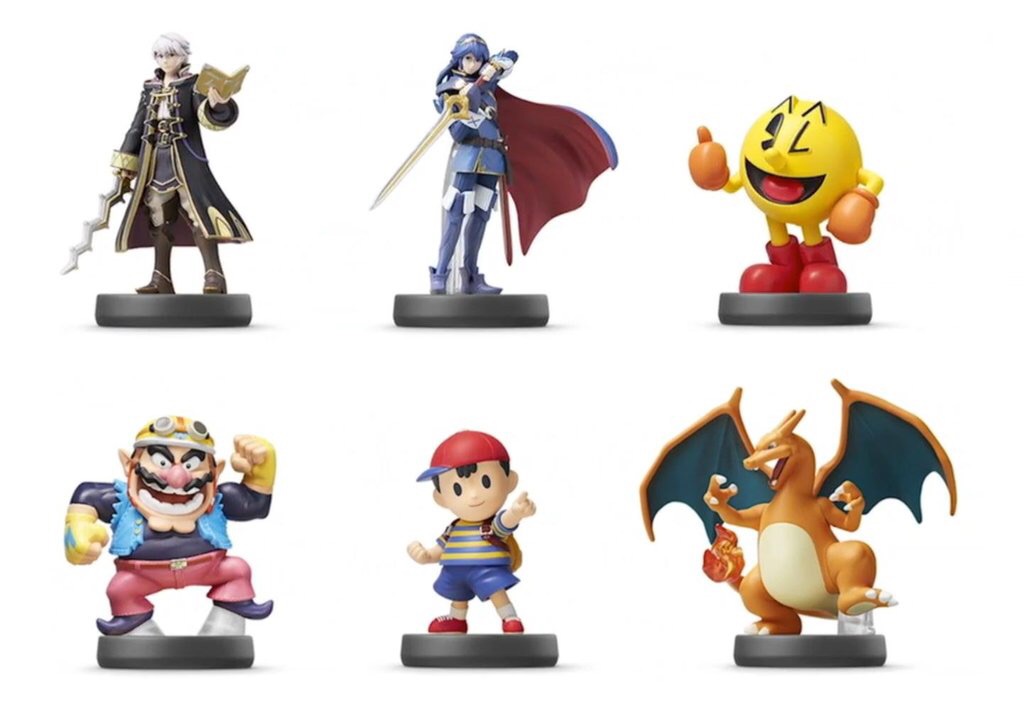
The Fourth Wave & "Splatoon"
The best wave of amiibos would then be followed by the worst. The fourth wave revealed Lucina, Robin, Ness, Pac-Man, Wario, and Charizard. However, they were announced in Jan. 2015. There wasn’t any information on when they’d be available other than “Spring” for three months. So this would hopefully mean that Nintendo was making sure that there was enough stock for everyone could buy what they want, right? ...right?
Then came the April 1 Nintendo Direct. It was revealed that the fourth wave would be getting Jigglypuff and Greninja and they’d be releasing May 29. “Splatoon,” the new third-person shooter game, was also getting three amiibo, too. That was all fine and dandy until Satoru Iwata said that they’re be retailer-exclusive again. It was clear Nintendo did not learn from the third wave’s mistakes, seeing how poorly handled that was. After the presentation, GameStop announced Ness would be exclusive at their store and that fans could place pre-orders the following afternoon at 2 PM CT. Jigglypuff and Greninja soon followed in being exclusives to Target and Toys “R” Us respectfully. The shitstorm soon culminated into one chaotic day on April, where all of the good will Nintendo garnered got flushed down the drain.
In the early morning of April 2, Jigglypuff suddenly and randomly went live for pre-order, selling out in less than seven minutes without any prior announcement. No one saw it coming, and many of those pre-orders are now on eBay for outrageous prices. No one was happy either; rage was all abound. Eventually it was announced that there will be another day where people can go into the store and pick one up (most likely due to the malice floating around for not telling people when the pre-orders would go live). Jigglypuff sold so quickly that people who managed to get in immediately but didn't have their credit card information saved to Target's website lost the chance to pre-order due to the time it took to enter their card number.
GameStop got the brunt of the shitstorm when they opened the pre-orders. Speaking from experience, the servers were absolutely massacred as everyone tried to get onto the website and pre-order Ness and the other amiibo. Here’s the thing: in-store orders were given priority before the website even got the pre-orders. So everyone tried to get online to pre-order, but with everyone online no one could pre-order. The first person in line at the store had to wait an hour or so just to pre-order an amiibo (or bundle as they were offering all six in one). Everyone lost in this situation. People who actually went out to simply pre-order had to wait extremely long or couldn’t even order anything. Clerks had to work and rush like crazy just to appease everyone who wanted something at the store (with people getting nasty with the employees). Everyone who stayed at home thinking they could pre-order lost the opportunity to get Ness or any other amiibo. The scalpers managed to get some of the pre-orders of bundles, and others and took to eBay.
Handling it the worst still, Toys “R” Us decided to put the pre-orders for Greninja live at 3 AM. Almost no one knew, and many fans were asleep. Again, most of those pre-orders are on eBay. It’s truly a marvel where the amiibo crisis stands when pre-orders are selling over $100 for a bundle of amiibos, which would cost around eighty dollars regularly.
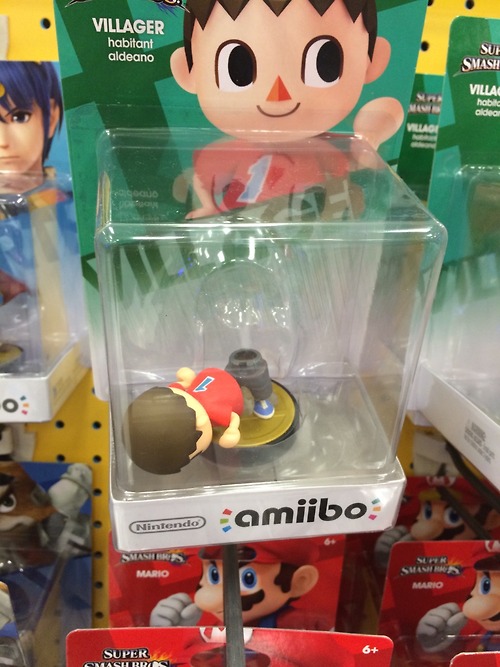
The Future and What Nintendo Needs to Do
Nintendo desperately needs to drastically change their plans with amiibos. While Nintendo has been excellent with its software lately, their hardware, accessories, and amiibos promotion have been a complete and utter failure. A small fraction may be because of the port strike going on in the West Coast or what have you, but that begs the question: How can Activision and Disney pull off the figures so well that finding a figure isn’t the equivalent of finding the holy grail?
So what needs to be done? The absolute best solution is that Nintendo must put more amiibos into production. That doesn’t mean a simple 10 for each individual store. They need to put hundreds into retailers all around the world that don’t have certain amiibos. Toys ‘r’ Us sells loads of Disney Infinity figures that started from the beginning of their release. Those figures have always been in-stock and they don’t go for over $100+ on Amazon and eBay. Another thing is that pre-orders for these figures don’t go up there, because they aren’t in low quantity. Why can’t Nintendo get more of these popular figures into production? They have the money, and the demand is clearly there.
Nintendo also must stop these exclusive deals. As far as I’ve seen, no one likes exclusives. Regardless of the business behind it, exclusives are extremely anti-consumer. Remember when the Internet exploded in pure rage when “Rise of the Tomb Raider” was at first exclusive but then later clarified that it’d be a timed exclusive? That was just for a console. People dislike retailer exclusives even more. The only benefit of retailer exclusives would be to give them a lot of quantity to sell. Clearly that isn’t the case.
Another thing Nintendo needs to do is be upfront and clear about the amiibos. Nintendo is treating amiibos like a secret game, like a new “Metroid” game. The problem is that software can be downloaded in the event that the game is out of stock. It has happened before with “Fire Emblem Awakening” and “Bloodborne.” Amiibos don’t have that luxury. If you don’t tell the retailers what is going on, they can’t properly keep stock, as they don’t know how many they are getting.
What Can Be Done?
This is a big problem. Nintendo has greatly failed with the amiibos, and very few people are happy. Right now, Nintendo needs to put all the amiibos on hold and don’t announce more dates. Delay them all now that haven’t been purchased yet. They need to hold off the fifth, sixth, and any other wave until this problem is sorted out. A simple figure shouldn’t be this hard to buy. Again, look at Disney Infinity and Skylanders. They are easy to find and buy. Whatever internal problem Nintendo has, whether it is in fact manufacturing the figures, getting the mass amount of figures across seas to ports, figuring out which figures should be mass-produced, or anything else, they need to sort this out now before it gets any worse. Personally, I don’t want to see how far worse it can get if Ness broke GameStop’s servers so easily.
What can you do with this problem? If you are into collecting amiibo, keep an eye out for sites that are pro-consumer and want to help you out. They track when amiibos go live. In terms of fixing the problem, the obvious answer is not to buy from scalpers. They are part of the problem and they will extort you out of money. If you must get a rare amiibo, import from a different nation’s Amazon. The shipping may be expensive, but that’s all you would be paying for additionally. The most important thing, though, is to let Nintendo know this is a problem. Whether you like or hate amiibo, they are affecting the market (again, GameStop’s internet). Think of it in a different light: this is just accessories and hardware right now. Imagine if Nintendo decided to be reckless with their software next if they continued down this path. This is a problem and Nintendo needs to know.
